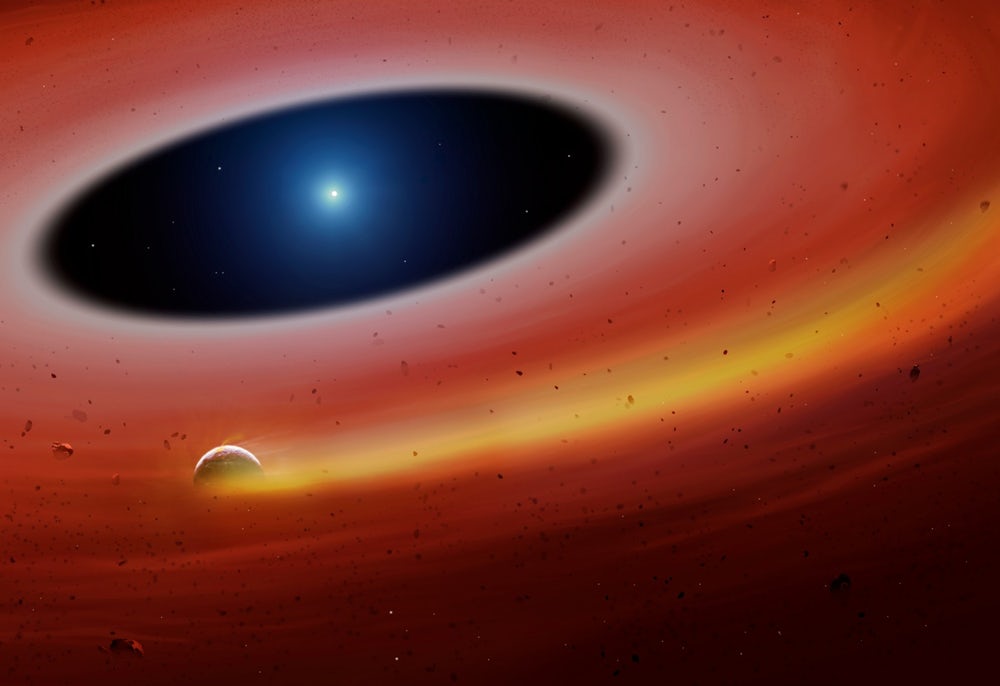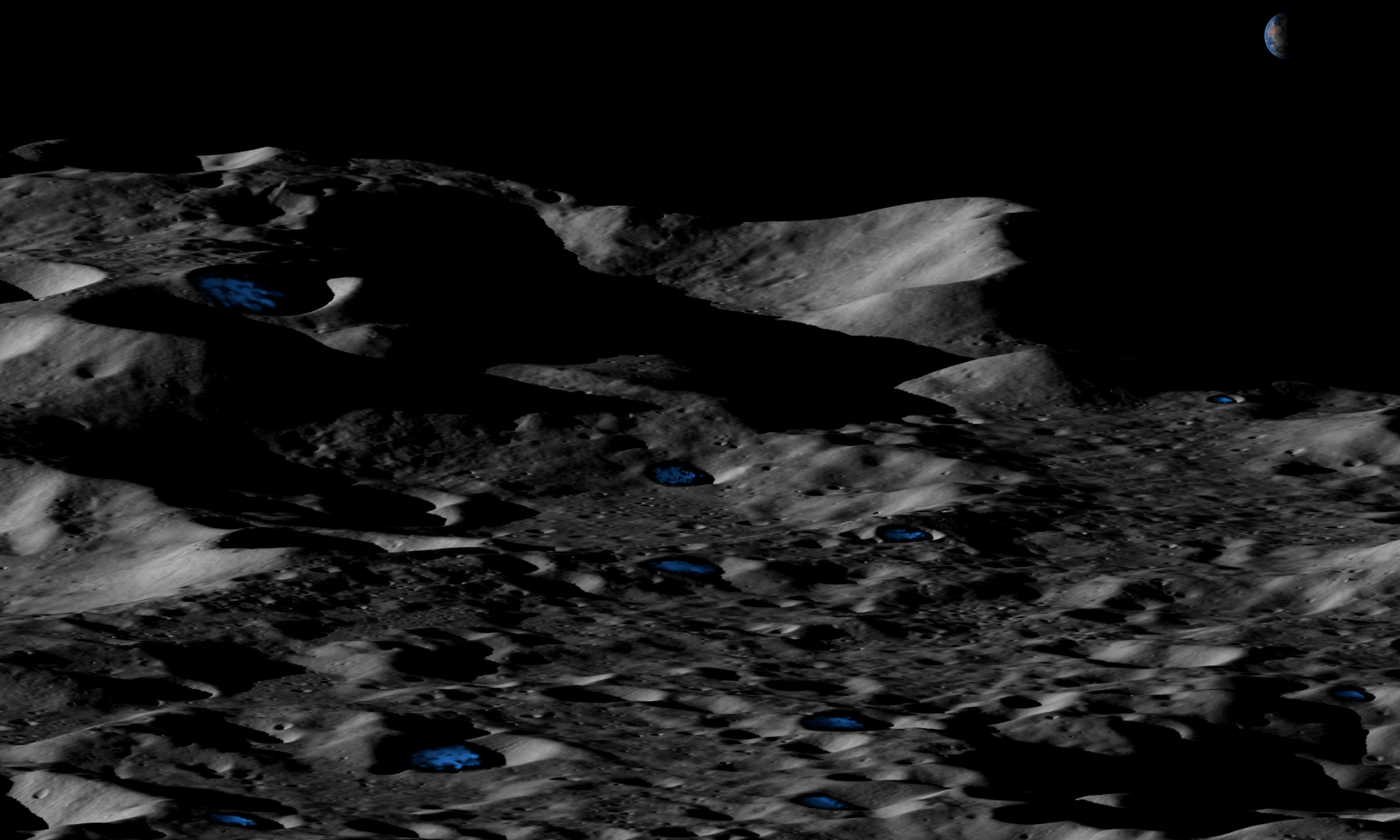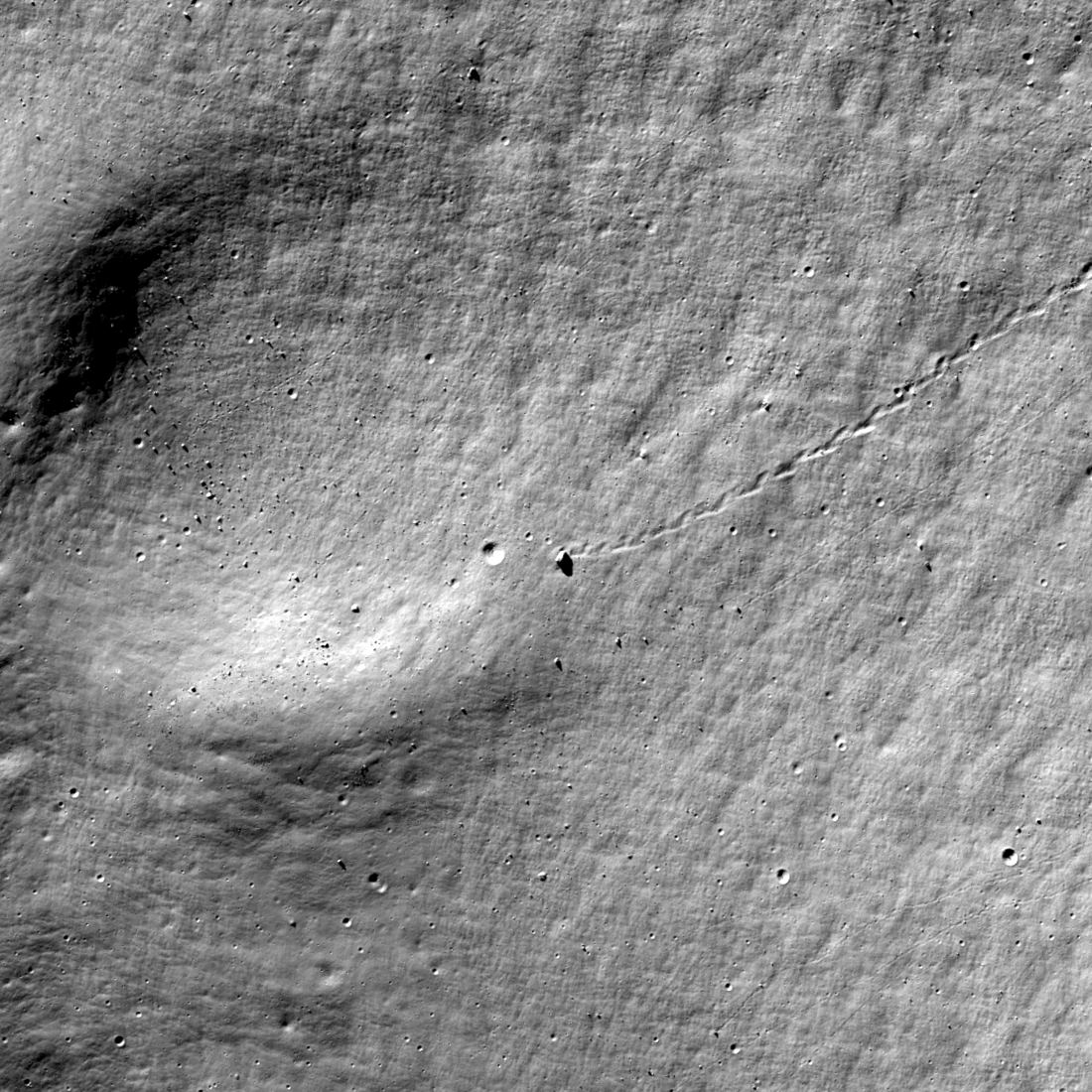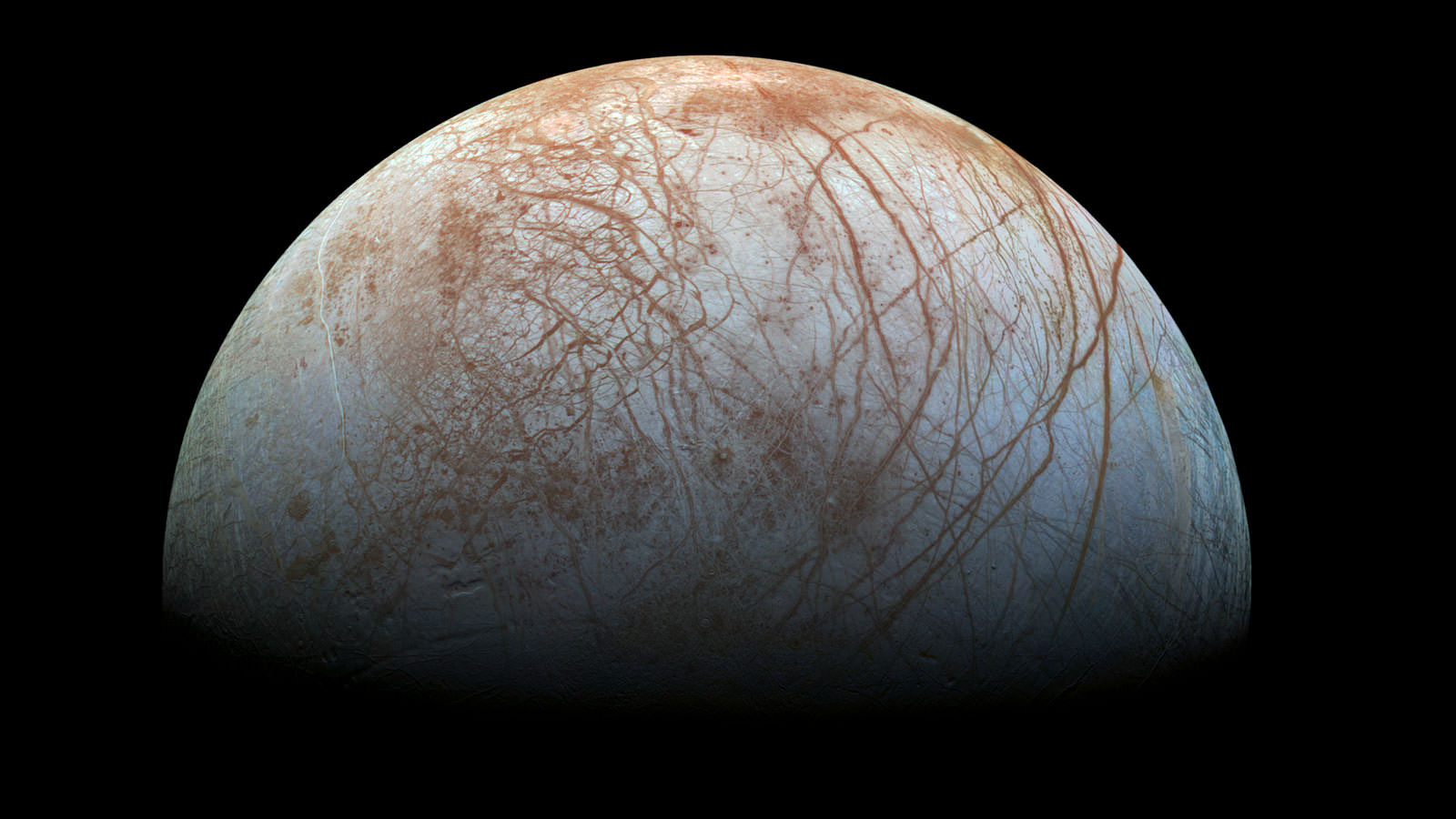For decades, astronomers have been trying to see as far as they can into the deep Universe. By observing the cosmos as it was shortly after the Big Bang, astrophysicists and cosmologists hope to learn all they can about the early formation of the Universe and its subsequent evolution. Thanks to instruments like the Hubble Space Telescope, astronomers have been able to see parts of the Universe that were previously inaccessible.
But even the venerable Hubble is incapable of seeing all that was taking place during the early Universe. However, using the combined power of some of the newest astronomical observatories from around the world, a team of international astronomers led by Tokyo University’s Institute of Astronomy observed 39 previously-undiscovered ancient galaxies, a find that could have major implications for astronomy and cosmology.
Continue reading “Astronomers Uncover Dozens of Previously Unknown Ancient and Massive Galaxies”









